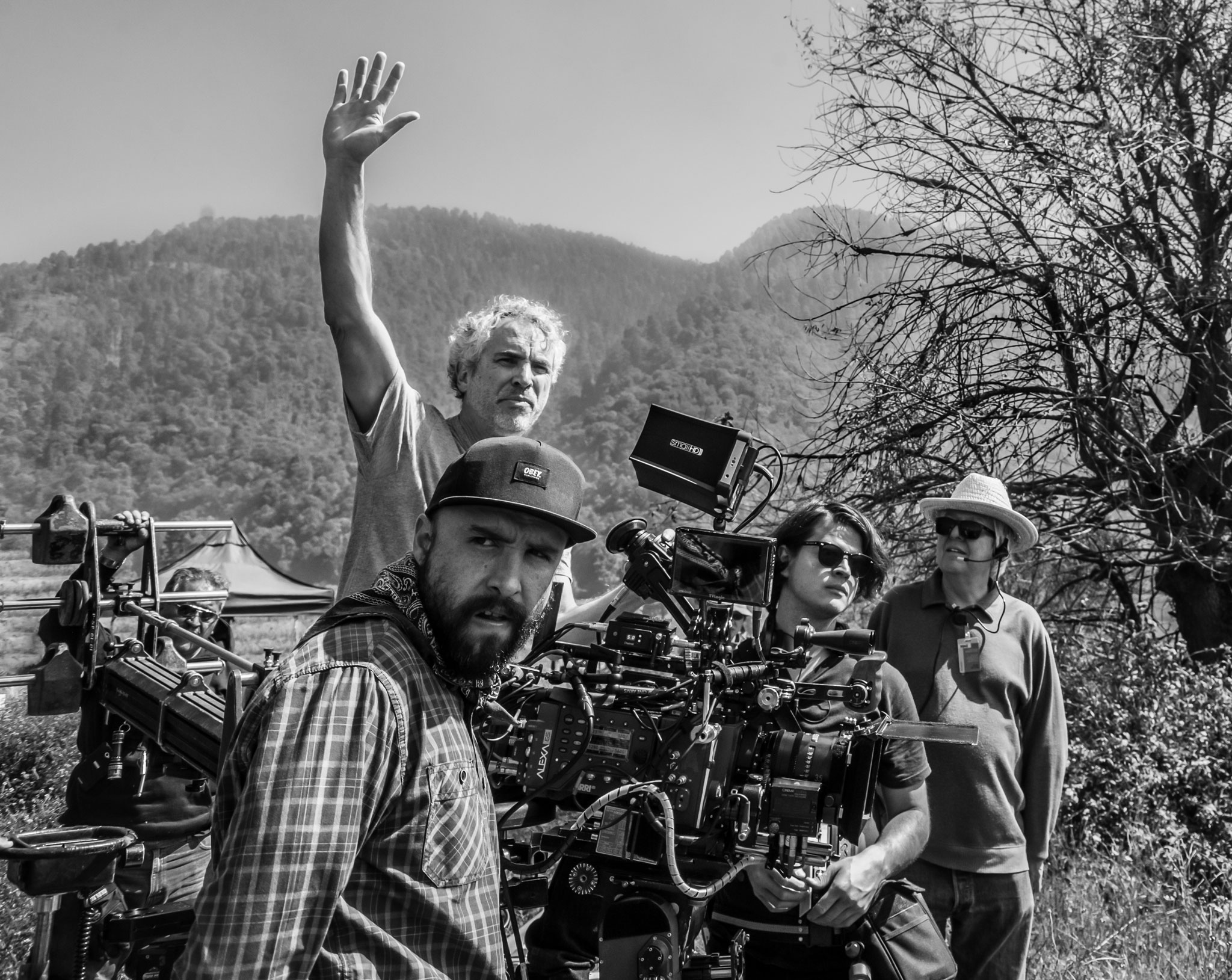If anyone is still wondering whether larger formats have legs, look no further than last night’s Oscars.
Alfonso Cuarón won Awards for best Foreign Language Film, best Director and best Cinematographer on ROMA. Outside of commercials, it is not common for one person to both direct the talent and manage the camera work. Even though Cuarón studied cinematography and shot projects in film school, the director-cameraman hyphenate requires great fortitude.
The camera was ARRI Rental’s 65mm digital format Alexa 65. The lenses in the package consisted of 24, 28, 35, 50, 80, 100 and 150 mm ARRI Prime 65 focal lengths. IB/E Optics, working under contract for ARRI Rental, completely redesigned the mechanics, including iris and focus cam mechanisms, XPL and PL mounts, and performed the final assembly of the given glass (original optical elements) into the new lens barrel systems for use on Alexa 65 cameras. They are not vintage glass. Cuarón favored the wider focal lengths.
ROMA just looked different—a combination of the large format esthetic, wide angles, wide dynamic range, high resolution, black and white, pristinely beautiful lenses.
In Anne Thompson’s report on a Q&A with Emmanuel “Chivo” Lubezki, Cuarón says, “I didn’t want a film that looks vintage, that looks old. I wanted to do a modern film that looks into the past.”










Objectively speaking, to be classified as a Black & white image, it should be shot with either Pan-chromatic celluloid film or Monochrome, Luminance only sensor.
Wonder if the Alexa65 camera used to shoot Roma was a Luminance only sensor or did it employ the usual Bayer patterned sensor.?
Jon Sir, can you please inform us?
Thanks.
Sundaresan Melatur,
India